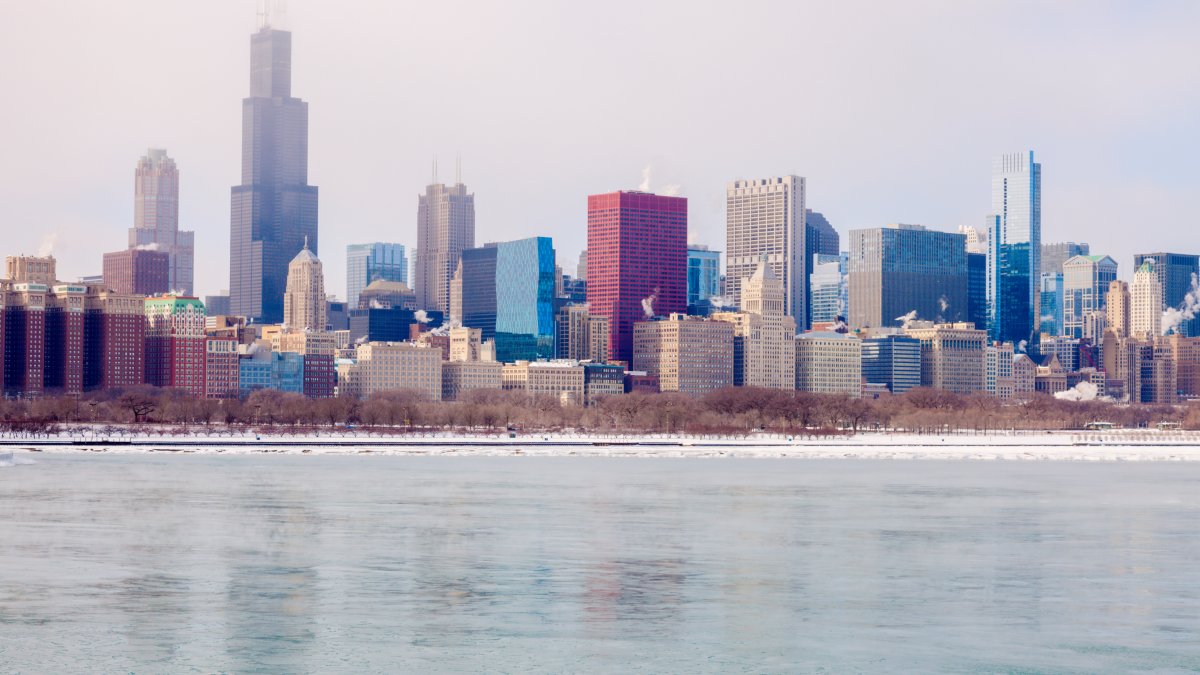The National Weather Service’s Climate Prediction Center is growing more confident in the emergence of a La Niña weather pattern later this year, and it would have significant impacts on fall and winter weather in the Chicago area.
According to the latest updates from the CPC, there is a 70% chance of a La Niña pattern emerging during a period between August and October, and a 79% chance of it sticking around through at least January.
What does that mean, both for the Northern Hemisphere and for the Chicago area specifically? Here’s what to know.
What is a La Niña pattern?
According to researchers at the University of Illinois, La Niña patterns occur when sea-surface temperatures along the equator in the Pacific Ocean are unusually cold. That is in direct contrast to the abnormally warm temperatures that occur during an El Niño pattern.
As a result, trade winds grow in strength according to NOAA, pushing warmer water toward Asia. When that warmer water heads west, cooler water rises to the surface near the west coast of the Americas.
Those cooler waters help to push the jet stream northward, pounding the western United States with rain. Areas of the southern United States generally experience less precipitation than normal during La Niña patterns because of the movement of the jet stream.
How does La Niña impact Illinois?
According to researchers at the University of Illinois, a La Niña pattern has different impacts depending on the time of year that it arrives. During the summer months, temperatures tend to be warmer, and the Chicago area tends to get less precipitation than usual.
During the fall however, the trend reverses itself, with cooler-than-normal temperatures and more rain than normal, according to researchers.
The winter is generally warmer during La Niña events, but Illinois and the upper Midwest are also more prone to lengthy cold snaps and heavy snowstorms according to researchers.
A word of caution
Just because a La Niña pattern has historically caused patterns does not mean it will continue to do so in the future. Everything hinges on just how strong the pattern ends up being, as a weaker La Niña won’t have nearly the same impact as a strong one, according to U of I researchers.
